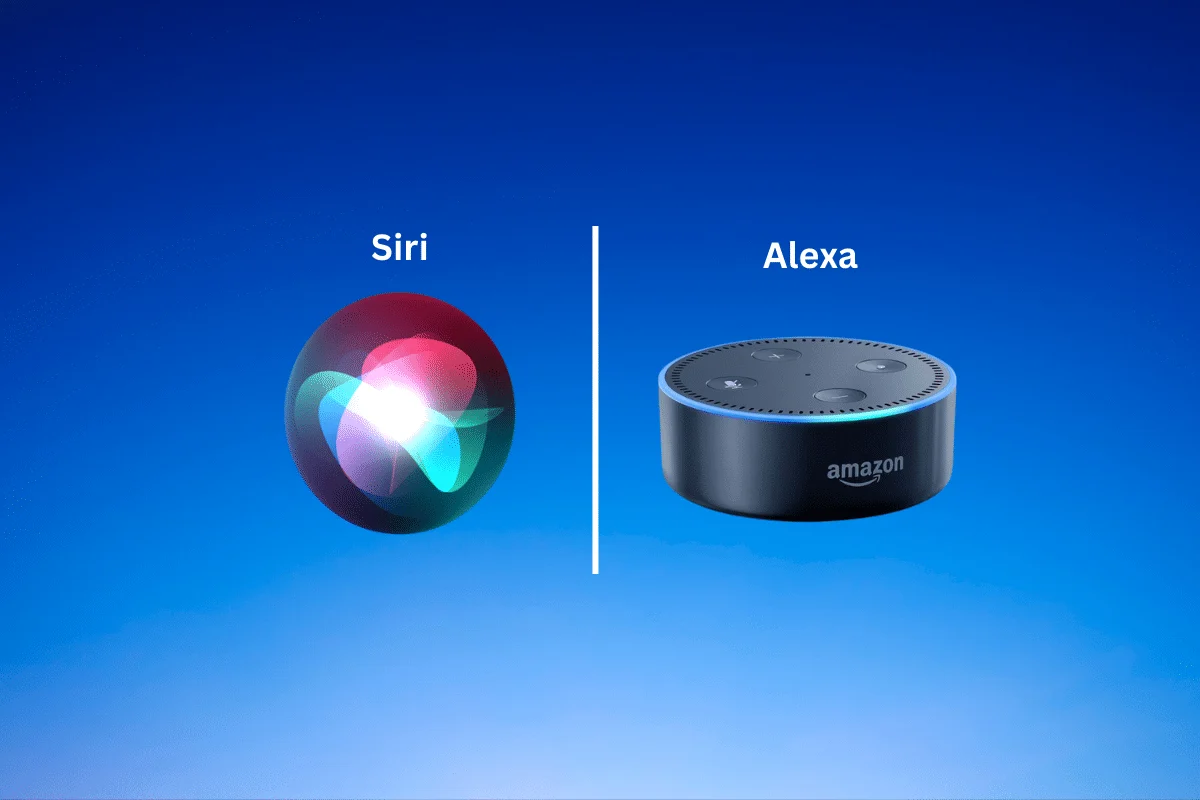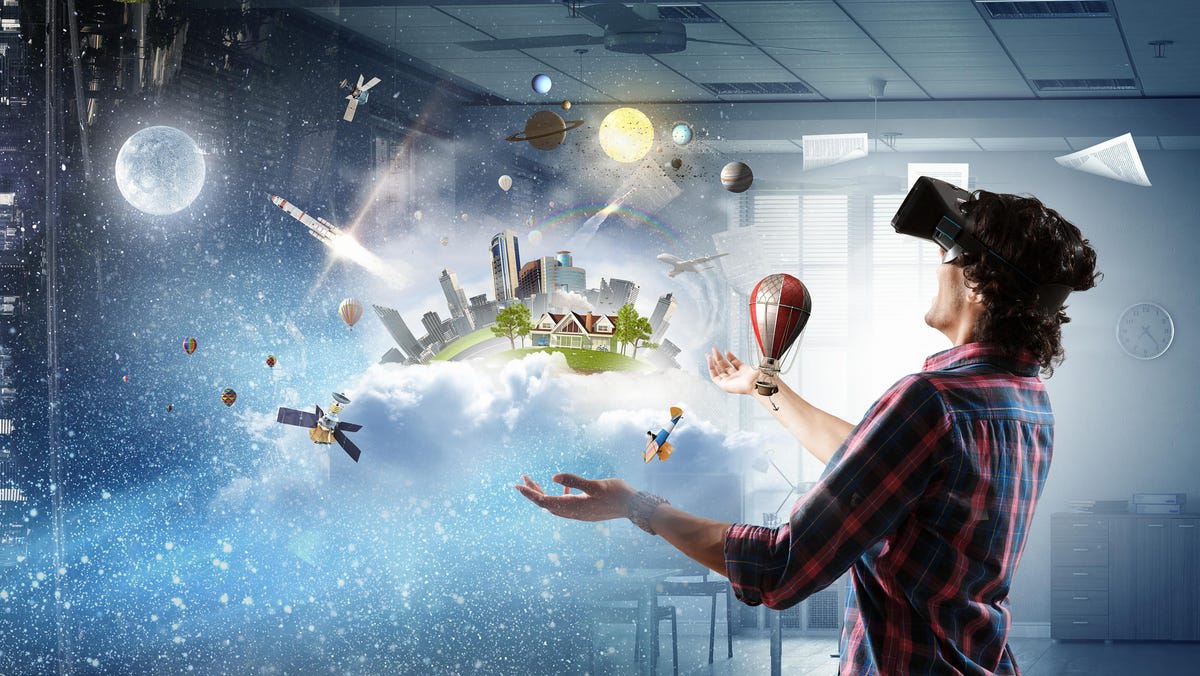AI and Virtual Reality: Revolutionizing the Digital Landscape

The convergence of Artificial Intelligence (AI) and Virtual Reality (VR) has emerged as a dynamic duo, reshaping the way we experience and interact with the digital world. This synergy holds tremendous potential across various industries, offering unprecedented possibilities for innovation, education, entertainment, and beyond.
Fordeer will accompany you to explore the profound impact of AI and VR, their current state, and the exciting future they promise.
The basics of AI and Virtual Reality
Understand AI
Artificial Intelligence (AI) refers to the development of computer systems that can perform tasks that typically require human intelligence. These tasks include learning, reasoning, problem-solving, understanding natural language, speech recognition, and visual perception.
The goal of AI is to create machines and systems that can mimic or simulate human intelligence, enabling them to perform tasks autonomously and adapt to changing environments. There are two main types of AI:
Narrow or Weak AI (ANI)

Narrow AI is designed to perform a specific or narrow range of tasks. It excels in well-defined and limited scenarios. Examples of narrow AI include virtual personal assistants like Siri and Alexa, image and speech recognition systems, and recommendation algorithms used by online platforms.
General AI (AGI)
General AI, also known as Strong AI, refers to a form of artificial intelligence that possesses the ability to understand, learn, and apply knowledge across a wide range of tasks, similar to human intelligence.

AI systems often rely on various techniques, including machine learning, natural language processing, computer vision, and neural networks, to enable them to perform tasks and improve their performance over time through experience and data analysis.
Machine learning, a subset of AI, involves training algorithms on large datasets to enable them to make predictions or decisions without being explicitly programmed for a specific task. Deep learning, a type of machine learning, uses neural networks with multiple layers (deep neural networks) to model complex patterns and representations.
Understand VR
Virtual Reality (VR) refers to a computer-generated environment that simulates a realistic and immersive experience. In a VR environment, users are typically equipped with special hardware, such as VR headsets and motion controllers, to interact with and navigate the digital world.
The goal of VR is to create a sense of presence, making users feel as though they are physically present in the virtual environment, even though they are actually in a different physical location. Key components of virtual reality include:
- VR Headsets: These are specialized devices worn on the head to provide visual and often auditory stimuli. VR headsets use screens, lenses, and sensors to create a three-dimensional, immersive experience.
- Motion Controllers: These handheld devices are used to interact with the virtual environment. They can track the user's movements and gestures. Motion controllers enable users to manipulate objects, navigate the virtual space, and engage with the digital world.
- Spatial Audio: VR often incorporates spatial audio technology to create a realistic auditory experience. This means that sounds are positioned in the virtual environment based on their direction and distance, providing a more immersive and convincing sense of presence.
- VR Content: Virtual reality content can take various forms, including virtual simulations, games, educational experiences, training modules, and virtual tours.

As virtual reality continues to evolve, it has many benefits and is likely to become more accessible and integrated into various aspects of daily life.
- Gaming: VR has found significant applications in the gaming industry, offering players an unparalleled level of immersion. Users can explore virtual worlds, interact with characters, and experience games in a way that goes beyond traditional gaming.
- Education and Training: VR is increasingly used in education and training to provide realistic simulations and hands-on experiences. For example, medical students can practice surgeries, pilots can simulate flight scenarios, and employees can undergo job training in a virtual environment.
- Healthcare: Virtual reality is utilized in healthcare for therapeutic purposes, pain management, and exposure therapy. It can also be used for medical training, allowing healthcare professionals to practice procedures in a virtual setting.
- Real Estate and Tourism: VR enables virtual property tours and immersive experiences for potential buyers in real estate. In tourism, it allows users to explore destinations and attractions virtually before making travel decisions.
- Collaboration and Communication: VR facilitates virtual meetings and collaboration among individuals in different locations. Virtual environments can be created for team collaboration, training sessions, and interactive discussions.
How AI and Virtual Reality can revolutionize the Digital Landscape
Enhanced user experience
Embarking on the exciting realm of technology, the synergy between Artificial Intelligence (AI) and Virtual Reality (VR) elevates user experiences to unprecedented heights. This remarkable fusion orchestrates immersive environments designed to adapt and respond to individual preferences, revolutionizing the way we engage with digital landscapes.
At the heart of this transformative collaboration are AI algorithms, meticulously crafted to analyze user behavior. These algorithms become the architects of personalized virtual experiences, crafting a journey that is both engaging and tailored to the unique preferences of each user. The result is a captivating digital adventure that not only captivates audiences but also lays the foundation for businesses to forge deeper connections with consumers.

The beauty of this technological convergence lies in its ability to transcend traditional boundaries, opening new avenues for businesses to engage with their audience on a more profound level. Through the creation of immersive environments that dynamically adjust based on individual preferences, businesses can offer tailor-made experiences that resonate with users on a personal level.
The intersection of AI and VR not only enhances user experiences but also serves as a powerful tool for businesses to connect with consumers in a more meaningful way. As we navigate this cutting-edge landscape, the opportunities for innovation and personalized engagement are boundless, promising a future where digital interactions seamlessly align with individual preferences and expectations.
AI-Powered virtual assistants in VR
In the captivating world of Virtual Reality (VR), AI-driven virtual assistants take the lead. These digital companions possess the remarkable ability to comprehend natural language, answer your queries with precision, and even predict your needs before you express them. A heightened sense of realism within virtual experiences and a remarkably smooth interaction transform VR into an even more accessible and user-friendly landscape.
This ingenious functionality not only brings a touch of magic to your virtual adventures but also ensures that the virtual environment seamlessly adapts to your preferences. The intuitive nature of AI-driven virtual assistants makes navigating VR worlds an effortless and enjoyable experience, breaking down barriers and making this cutting-edge technology even more welcoming to users of all backgrounds.
E-commerce applications
AI-driven VR applications are revolutionizing the traditional online shopping experience by offering virtual storefronts and immersive product displays. Customers can explore virtual shops, examine products in detail, and get a realistic sense of size, texture, and color—all from the comfort of their homes. This not only adds a layer of excitement to the shopping process but also reduces uncertainty, leading to more confident purchasing decisions.
AI algorithms play a crucial role in analyzing customer preferences, browsing history, and purchase behavior to provide personalized product recommendations. Integrating VR into this process enhances the experience by allowing customers to virtually try out recommended products. This personalized approach not only improves customer satisfaction but also increases the likelihood of successful conversions.

Virtual reality is transforming the way customers engage with fashion and accessories online. AI-driven VR platforms enable users to virtually try on clothing, accessories, or even furniture before making a purchase. This eliminates the guesswork associated with online shopping and addresses concerns about fit and style, resulting in a more satisfying and confident shopping experience.
AI tools analyze vast amounts of data generated by customer interactions in VR e-commerce environments. Retailers can gain valuable insights into customer behavior, preferences, and trends. This data-driven approach allows businesses to refine their strategies, optimize product offerings, and create targeted marketing campaigns, ultimately improving their competitiveness in the market.
Challenges and Ethical Considerations Using AI and VR
As we embark on the exciting journey of integrating Artificial Intelligence (AI) and Virtual Reality (VR), a realm of unparalleled opportunities unfolds before us. However, with great innovation comes a set of challenges and ethical considerations that demand our attention.
Privacy concerns stand as a paramount consideration in this digital landscape. As AI and VR delve into personal data and user interactions, safeguarding privacy becomes an imperative task. Striking a delicate balance between innovation and user protection is key to fostering trust in these transformative technologies.
Equally crucial is the aspect of data security. The seamless integration of AI and VR involves the exchange and processing of vast amounts of data. It is incumbent upon developers and stakeholders to implement robust security measures, ensuring the confidentiality and integrity of the information traversing these immersive digital realms.
In the pursuit of responsible technological advancement, it is incumbent upon us to address these challenges head-on. By prioritizing privacy, fortifying data security, and diligently mitigating bias, we can navigate the evolving landscape of AI and VR with a commitment to ethical innovation. Through these conscientious efforts, we pave the way for a future where these transformative technologies enhance lives while respecting individual rights and societal values.
Sum up,
The collaboration between AI and VR marks a pivotal moment in the evolution of technology, promising to revolutionize the way we perceive and interact with the digital world. From personalized experiences and educational advancements to healthcare breakthroughs, the impact of this synergy is far-reaching.
As we navigate the exciting landscape of AI and VR, it is crucial to strike a balance between innovation and ethical considerations, ensuring a future where these technologies enrich our lives responsibly.
Follow Fordeer for more useful updates!
- Install Fordeer Apps for Free
- Get immediate assistance by chatting with us.
- Join Fordeer Commerce Community for fresh app updates, expert tips, and private deals.











